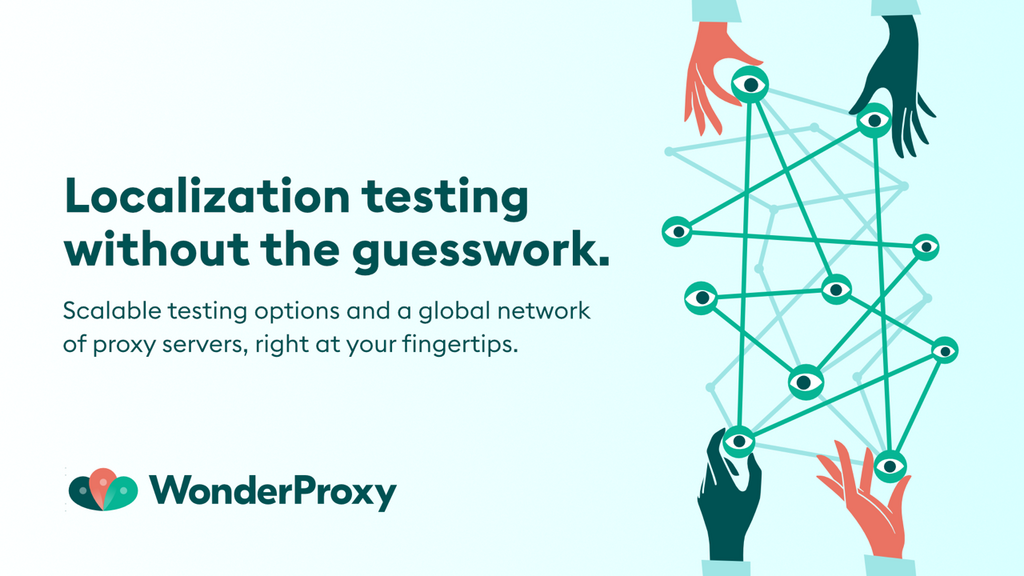The premise of zero bug policy is to redefine what is classified as a bug. Peter Hilton explains that the aim of the zero bug policy is to fix bugs before adding any new code. Switching gears frequently to fix bugs and test the new code can lead to unpredictable development timelines, which a zero bug policy can help to address.
Within my company, bugs are called “live issues” and are immediately documented as user stories. This means that they get prioritised alongside all other user stories, so they carry the same value (in theory). So bugs are categorised as follows:
Within my company, bugs are called “live issues” and are immediately documented as user stories. This means that they get prioritised alongside all other user stories, so they carry the same value (in theory). So bugs are categorised as follows:
- Bug found in production -> “Live issue” created as user story
-
Bug found during feature testing
- Must be fixed before release -> User story, prioritised for development and testing
- Feature will be released with bug present -> User story for that feature is updated to account for bug
-
Bug found during regression
- Must be fixed -> User story created and added to backlog
- Satisfied with existing workaround -> No new user story created
Bugs found during regression testing can point to a gap in testing: for example, tests were not updated when some requirements were changed. These, too, are categorised as user stories and can be prioritised accordingly.




